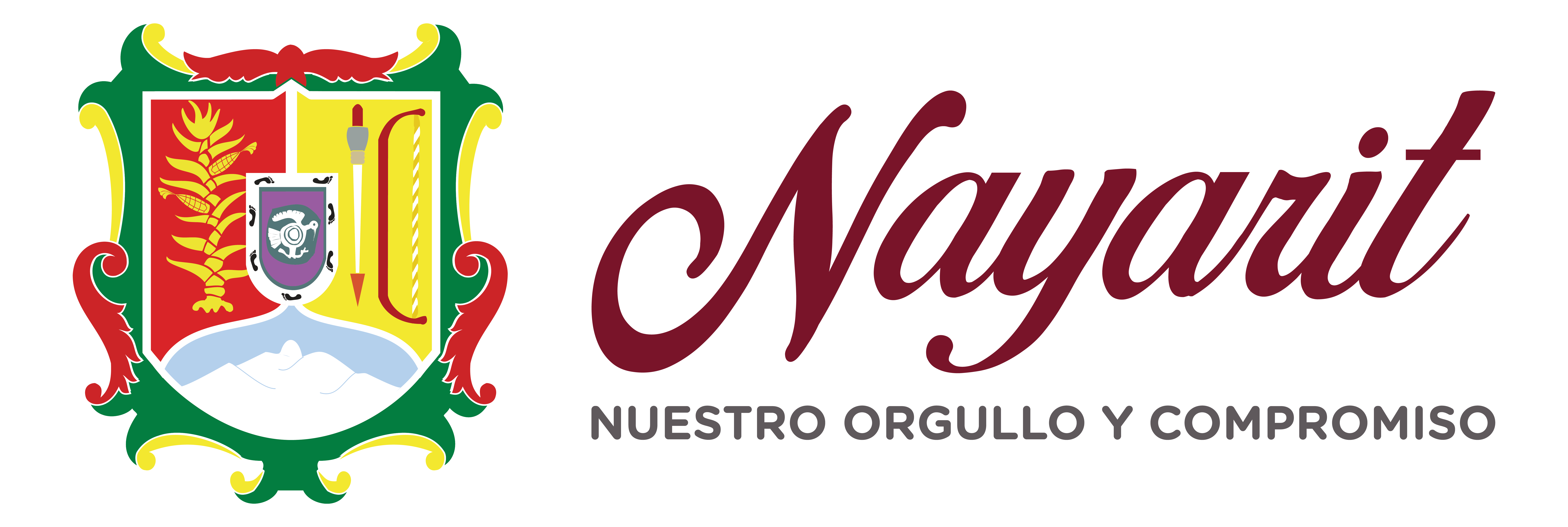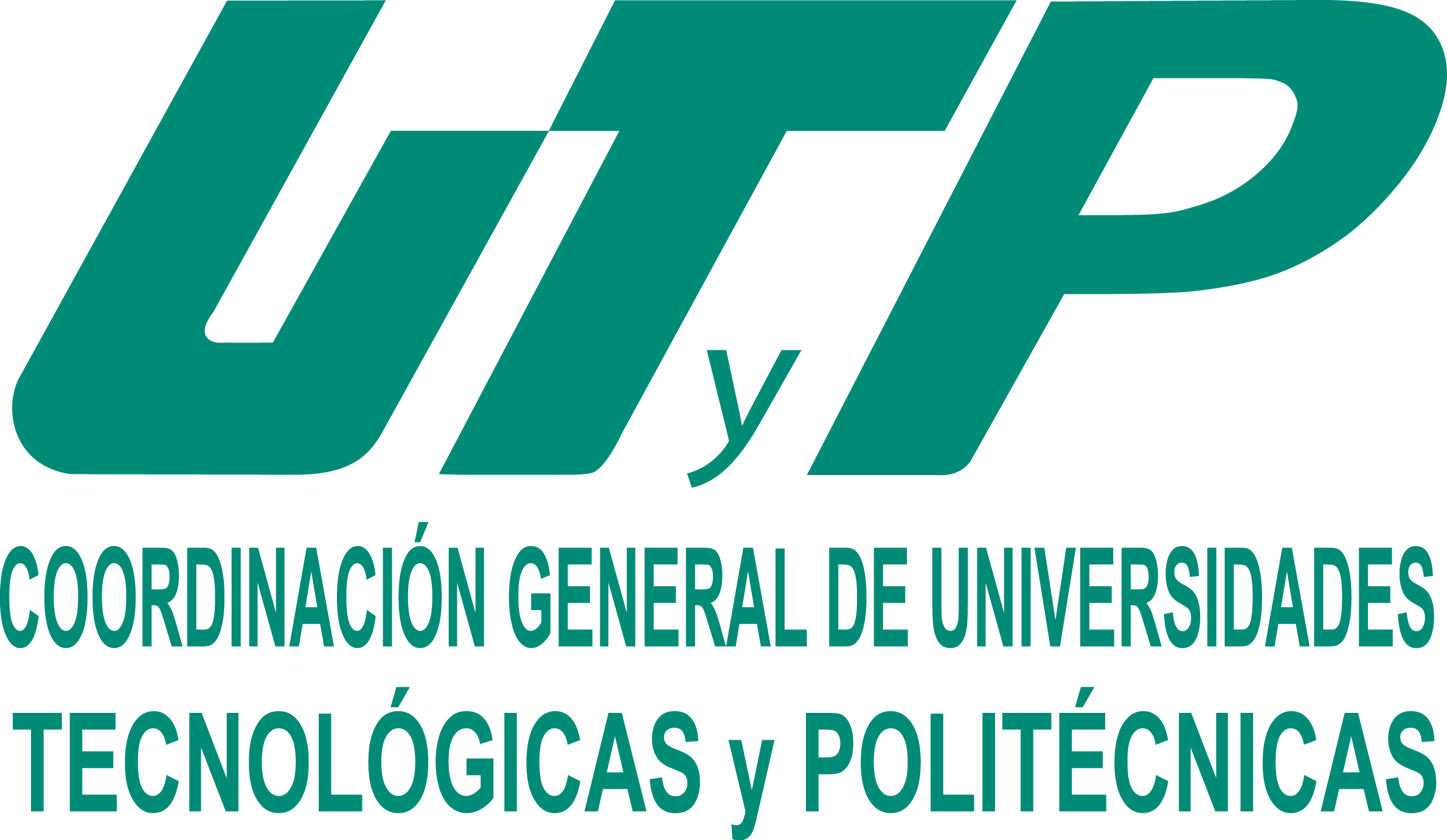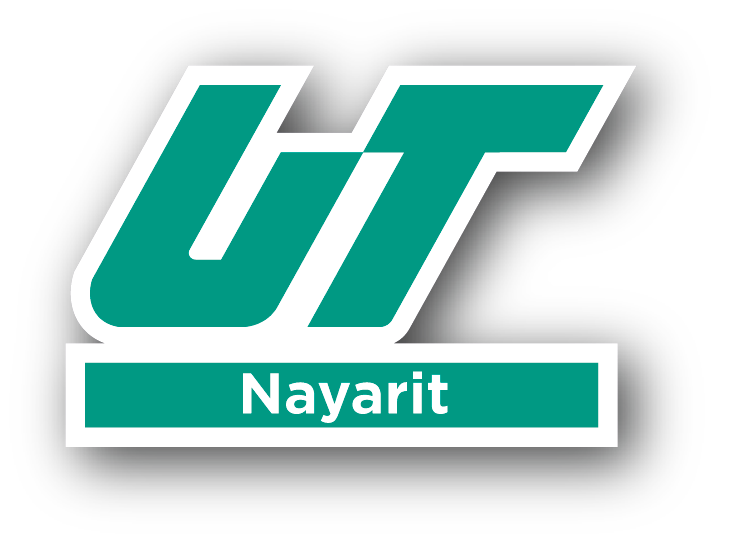Analysis on Peyote Regulations and Spiritual Tourism in the Municipality of Catorce, San Luis Potosi, México
Keywords:
Normativity, Spiritual Magic TourismAbstract
The normativity around the prohibition and criminalization of entheogen substances in Mexico, in particular the use of peyote, (Lophophora williamsi; Lem. ex Salm-Dyck) in Wirikuta, San Luis Potosí, Mexico, represents a problem regarding its medicinal and recreational use (magical spiritual tourism). A space where pilgrims and tourists interact in spiritual ceremonies of the Wixaritari people. Therefore, said writing highlights socioenvironmental
aspects within the community and abroad in search of peyote, which lies largely in the extraction of this plant, classifified as vulnerable by the International Union for the Conservation of Nature (IUCN). Through the qualitative descriptive methodology, we analyzed how both local and visitor activities can play
a vital role in the economic development of the ejidos of the municipality of Catorce. The objective of this work is to evaluate through an interdisciplinary vision, different aspects that allow generating information for the conservation and preservation of Peyote beyond the decriminalization of its use, proper management and interaction in the extractive activities of the plant and the reduction of impacts on this important semi-desert ecosystem.
Downloads
References
Albert Rodrigo, M. (2020). La búsqueda espiritual a través del turismo. Su articulación desde el lado de la oferta. Cuadernos de Turismo, 45, 13–32. https://doi.org/10.6018/turismo.426021
Alvarado, O., & Martínez, N. (2013). Teorias del desarrollo. En el analisis del turismo sustentable. Sedes Regionales, XIV, 144–167. http://www.redalyc.org/articulo.oa?id=66627452008
Basset, V. (2012). Del turismo al neochamanismo: ejemplo de la reserva natural sagrada de Wirikuta en México. Cuicuilco, 19(55), 245–266.
Carod-Artal, F. J. (2015). Alucinógenos en las culturas precolombinas mesoamericanas. In Neurologia (Vol. 30, Issue 1, pp. 42–49). Spanish Society of Neurology. https://doi.org/10.1016/j.nrl.2011.07.003
Ferrarotti, F. (2007). Las historias de vida como método.
Genet Guzmán, M., & Labate, B. (2019). Reflflexiones sobre la expansión y legalidad del campo peyotero en México. Frontera Norte, 31, 1–24. https://doi.org/10.33679/rfn.v1i1.2060
Gudynas, E. (2005). Desarrollo, extractivismo y post extractivismo.
Guzmán Chávez, M. G. (2017). Interculturalidad en torno al uso del peyote Un patrimonio biocultural en condición
de ilegalidad. Alteridades, 1, 95–106.
Hernández, R., Fernández, C., & Baptista, P. (2014). Metodología de la investigación. México: McGraw-Hill.
Hummel, C., Poursanidis, D., Orenstein, D., Elliott, M., Adamescu, M. C., Cazacu, C., Ziv, G., Chrysoulakis, N., van der Meer, J., & Hummel, H. (2019). Protected Area management: Fusion and confusion with the ecosystem services approach. Science of the Total Environment, 651, 2432–2443. https://doi.org/10.1016/j.scitotenv.2018.10.033
Leff, E. (2010). Imaginarios Sociales y Sustentables. Cultura y Representaciones Sociales, 9, 42–122.
Marion, J. L., Leung, Y. F., Eagleston, H., & Burroughs, K. (2016). A review and synthesis of recreation ecology research fifindings on visitor impacts to wilderness and protected natural areas. In Journal of Forestry (Vol. 114, Issue 3, pp. 352–362). Society of American Foresters. https://doi.org/10.5849/jof.15-498
Moyle, B. D., Scherrer, P., Weiler, B., Wilson, E., Caldicott, R., & Nielsen, N. (2017). Assessing preferences of potential visitors for nature-based experiences in protected areas. Tourism Management, 62, 29–41. https://doi.org/10.1016/j.tourman.2017.03.010
Narváez, E., Silva, E., Breen Murray, W., León, N., Pedro de Alba Manuel Barragán, A. L., Universitaria, C., Nicolás de los Garza, S., & Garza García, P. (2018). El brebaje del desierto: usos del peyote (Lophophora williamsii, Cactaceae) entre los cazadores-recolectores de Nuevo León. Desde El Herbario CICY, 10,186–196. http://www.cicy.mx/sitios/desde_herbario/
Restrepo, E. (2016). Etnografía: alcances, técnicas y éticas (Vol. 1).
Santillán, A., & Guardado, M. (2010). Turismo, Capitalismo y Producción de lo exótico: Una perspectiva crítica para el estudio de la mercantilización del espacio y la cultura. Relaciones 123, 31(260), 219–258.
Saumade, F. (2013). Toro, venado, maíz, peyote. El cuadrante de la cultura Wixarika. 3, 16–54.
Taylor, S. J., & Bogdan, R. (1992). La entrevista en profundidad. Introducción a los métodos cualitativos en investigación. La búsqueda de los signifificados, 100–132.
Downloads
Published
Issue
Section
License
Copyright (c) 2022 José Luis Rodríguez Acosta, Gustavo A. Fernández Rodríguez

This work is licensed under a Creative Commons Attribution-NonCommercial 4.0 International License.








